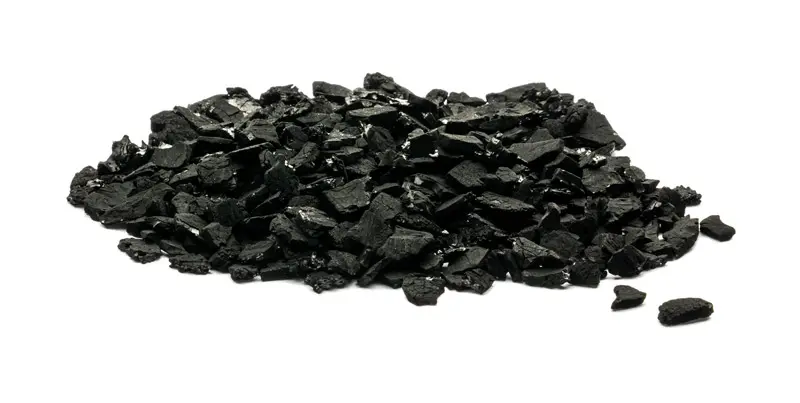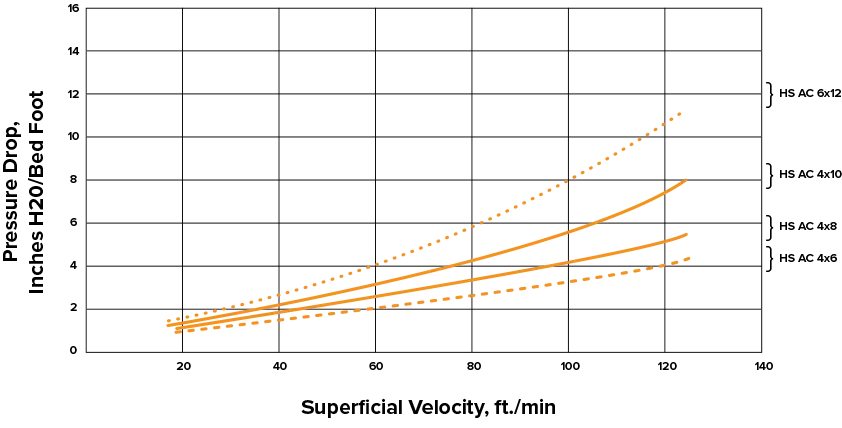Activated Carbon

What is HS-AC
HS-AC is coconut shell activated carbon that is commonly used in industry for removing pollutants in vapor phase. Hydrosil’s HS-AC is highly active granular activated carbon (GAC) manufactured via high temperature steam activation from selected grades of coconut shell. Coconut shell activated carbon is known for its high hardness, low dust, and low ash content. The HS-AC has high activity and large surface area ideal for removing constituents in vapor phase.
Hydrosil’s packaging ranges from bulk carbon in supersacks to one cubic foot boxes.
Where is HS-AC Used
The HS-AC is commonly used in chemical processing, air stripper off-gas VOC removal, tank or sump air vents, respirators, API separator vents, modules, trays and air filtration housings. Activated carbon typically adsorbs organic compounds as well as larger inorganic compounds. To see if the Spectrum HS-AC removes a specific pollutant please see our Air Pollutants page, or contact a representative today.
What is Activated Carbon
Activated carbon commonly referred to as activated charcoal is a highly porous material used to remove pollutants from contaminated liquid and gas streams. Activated carbon is derived from a variety of raw materials such as coconut, wood, coal (bituminous, anthracite, sub-bituminous, and lignite), peat, and bamboo. Each raw material has unique properties which effect the resulting pore structure, carbon content, and ash content, which are important characteristics when removing a contaminant of concern. The material is used in remediation, medical, and industrial applications where adsorption is required. Activated carbon has strong physical adsorption properties known as London Dispersion Forces which is a Van der Waals Force. The attraction between the activated carbon and the pollutant are highly dependent on the vapour pressure of the adsorbing molecules. Activated carbon is often altered or impregnated by chemicals to enhance the surface area of the carbon. When the carbon is chemically altered the bonds are much stronger than London Dispersion Forces. Chemicals often impregnated on activated carbon include potassium hydroxide, phosphoric acid, or sulfur. With the addition of chemicals the activated carbon will have an affinity for select compounds such acidic or basic pollutants.
HS-AC for Air Pressure Drop

Typical Physical Properties
| Property: | Value: |
| Iodine Number, mg/gm | 1100 - 1200 |
| Apparent Density, lb/ft3 | 29 - 31 |
| U.S. Standard Sieve Size (Mesh Size) | 4 x 8 |
| Butane Number, % ww | 23.5 (60 CTC) |
| Hardness, Min. (ASTM D-3802) | 98 |
| Total Surface Area (BET), m2/gm | 1150 – 1250 |
| Ash, Max (ASTM D-2866) | 3% |
Common Applications:
- BTEX
- Polychloro-biphenyl (PCB)
- 1,2-dichloroethane (DCE)
- Chlorine
- Pesticides
- Polynuclear-aromatic-hydrocarbons (PNA)
- Trichloroethylene (TCE)